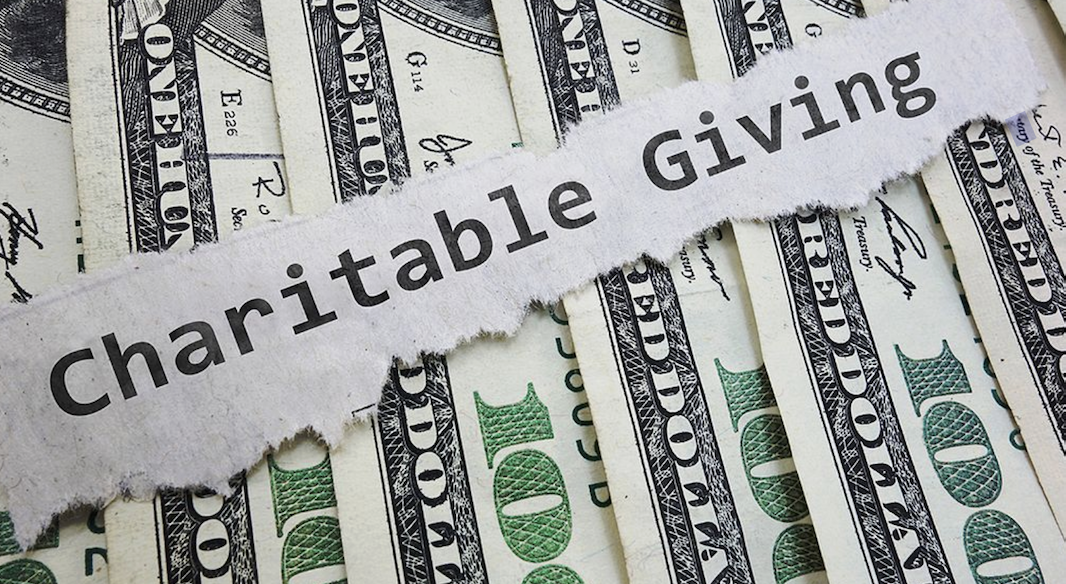
Many Americans make a habit of donating to their favorite charities before the end of the year.
Giving at the holidays can feel good, and it has traditionally provided a tax benefit. But upcoming changes in tax law could make waiting until January more advantageous for certain donors.
If you typically write a check in December, your timing might affect how much you can deduct—and how much you save.
The new above-the-line deduction: What it means for you
Starting in 2026, a new above-the-line deduction for charitable donations will be available to folks who take the standard deduction. This means you won’t have to itemize to get a tax break for giving cash to qualified charities. This is a big deal, especially since approximately 90% of Americans now opt for the standard deduction rather than itemizing.
Here’s the scoop:
- Single filers can deduct up to $1,000 in cash donations.
- Married couples filing jointly can deduct up to $2,000.
- This deduction applies only to cash gifts—checks, credit cards, or actual cash. No clothing, household goods, or cryptocurrency.
- The deduction does not apply to gifts made to donor-advised funds or supporting organizations.
The new deduction doesn’t kick in until you file your 2026 tax return (for donations made in 2026). So, if you’re a standard deduction taker and you make a donation in December 2025, you won’t get this new tax break. Wait until January 2026, and you may be able to save hundreds on your taxes.
Why January might be the new December
If you usually give at the end of the year and don’t itemize, you might want to hold off until after the New Year. Here’s why: donating in January 2026 means you can claim the new deduction on your 2026 tax return. For someone in the 22% tax bracket, that’s a potential savings of $220 for a $1,000 donation (or $440 for a $2,000 donation as a married couple).
Let’s put it into perspective:
If you typically give $500 every December, consider giving $500 in January 2026 and another $500 in December 2026. That way, you’ll hit the $1,000 deduction limit for the year and maximize your tax benefit.
Also read: Unlock up to $4,108: The Social Security “reset” that most of us miss
Itemizers: What you need to know
If you usually itemize deductions, your strategy stays the same for 2025. Donate by December 31 to claim your deduction on your 2025 return.
But starting in 2026, only the amount of your total charitable giving that exceeds 0.5% of your adjusted gross income (AGI) will be deductible. For example, if your AGI is $100,000, the first $500 of donations won’t count for a deduction; only the amount above that threshold will.
And don’t forget, the usual limit still applies: you can only deduct cash contributions up to 60% of your AGI each year.
You can’t double-dip
Here’s an important rule: you can’t claim both the new above-the-line deduction and itemize charitable deductions in the same year. It’s one or the other, so you’ll need to choose the strategy that gives you the best tax outcome.
Also read: 9 tax breaks for people over 50 you might be missing
Other tax changes to keep in mind
The charitable giving shake-up is just one part of a much larger tax overhaul coming in 2026. The One Big Beautiful Bill Act is packed with new breaks, including:
- Tax relief on some overtime pay
- A tax break on tips
- A new deduction for car loan interest
- An extra deduction for those age 65 and older
However, when it comes to charitable giving, the significant changes don’t take effect until 2026. That means you have time to plan—but you’ll want to start thinking about your strategy now.
Smart Steps to Take Before You Give
Know Your Filing Status: Are you a standard deduction taker or an itemizer? This will determine your best giving strategy.
Time Your Donations: If you don’t itemize, consider waiting until January 2026 to make your next big cash gift.
Keep Good Records: For any cash donation over $250, you’ll need a written acknowledgment from the charity stating that you received no goods or services in return.
Understand What Qualifies: Only cash gifts to qualified charities count for the new deduction. No goods, services, or crypto.
Run the Numbers: If you’re not sure which approach is best, talk to a tax professional or use an online calculator to see how the new rules will affect you.
Tax rules may be changing, but the spirit of giving remains the same. Planning your donations can help you maximize both your tax savings and your support for the causes you love. Even a few simple adjustments to timing can make a real difference for your wallet and your community. Generosity still counts, and it can count more toward your taxes too.
Read next:
- Are retirees really getting the tax breaks Trump promised? Here’s what’s actually changing
- IRS updates could change how much you owe this year and next
- Tax refunds may be getting bigger in 2026, according to new research
Are you rethinking your year-end giving strategy? Do you have a favorite charity you support every year? Have you ever been surprised by a tax rule when it came time to file? Share your stories, questions, and tips in the comments below.






